Pixel 3 XL And Pixel 3 Hands-On: The New Android Flagships
Did you feign surprise when Google took the wraps off the Pixel 3 and Pixel 3 XL? The new Android smartphones had their surprise thoroughly spoiled by some of the most expansive and thorough leaks in the weeks and months running up to their debut today. Still, while the news may not have been entirely fresh, the fact remains that these are very important phones in the smartphone ecosystem.
Happily, it seems Google has pitched them. Both the Pixel 3 and Pixel 3 XL are bigger than their predecessors, with larger screens that dovetail nicely with the relentless bigger-is-better trend in mobile.
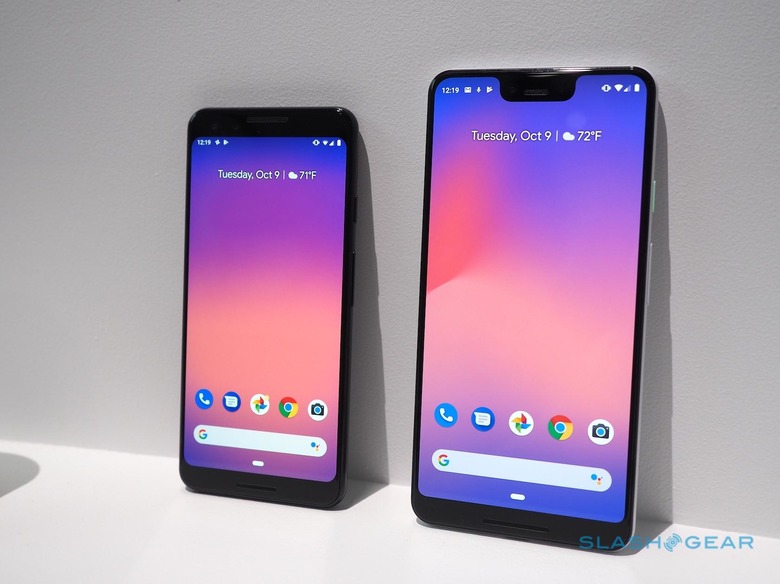
Of course, size wasn't the biggest issue we had with last year's Google Phones. The strange blue tint on the Pixel 2 XL's screen proved to be a dealbreaker for many, and thankfully it's been addressed for 2018. Indeed, the Pixel 3 XL's screen is very pleasant indeed, with rich colors and a warmth its predecessor struggled to deliver, even after Google's software tweaks.
The notch, cutting into the upper section of the screen and where Google hides the twin front cameras, is less intrusive than the leaked renders might have suggested, too. As per Apple and others, Google prefers wallpapers and UI elements that emphasize darker colors near the top of the screen, to help mask just how much is cut out. Nonetheless, just as I have with the iPhone XS Max, I suspect I'd quickly learn to ignore the Pixel 3 XL's cut-out.
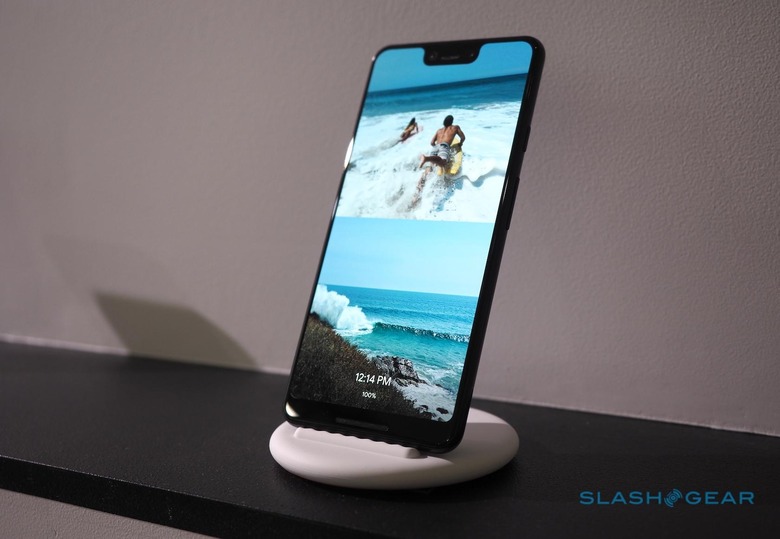
As for the Pixel 3, that's pleasingly one-hand-friendly. Its display is crisp and bright – there doesn't feel like there's a "bad" screen to be had, this time around – and the body feels more premium than before. That's in no small part down to the change in how Google uses its materials.
On the Pixel 2, the back panel was a combination of glass and metal: the former inset into a section of the latter, around the camera lens. The Pixel 3 and Pixel 3 XL, however, minimizes the metal to a smooth frame around the edges of each phone. The full back panel is now glass, which allows the $79 Pixel Stand to wirelessly charge it.
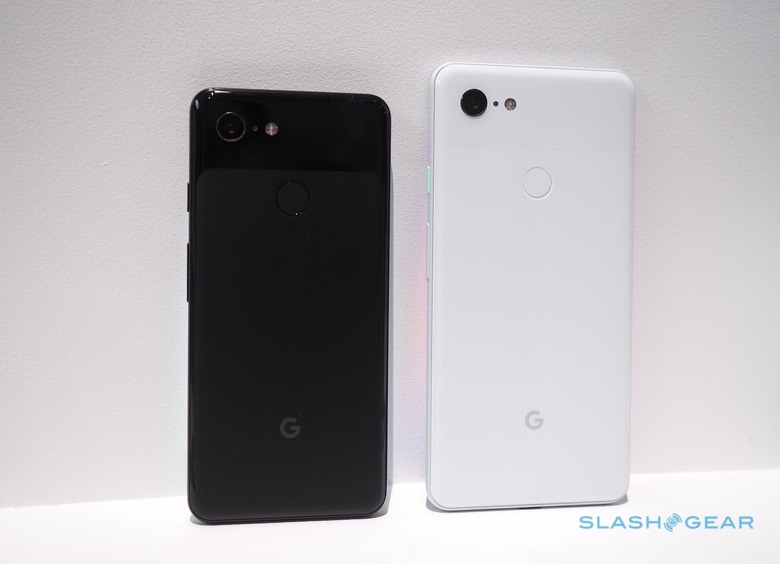
You still get the two-tone finish, courtesy of some etching, but it feels much more cohesive in your hand. Weight is up a little, and I can already tell the 2018 phones will be a little more slippery in my grip than last year's, but I think that's worth it for the more refined design. The contrasting power button remains a pleasing touch, and I wish Google would feature it on the black version of the phones, too.
Hardware, of course, is only half of the story. You'll find other Android phones out there with Snapdragon 845 processors, more than the 128 GB of storage the Pixel 3 tops out at, and the same Qi charging and USB-C connectivity. What distinguishes Google's phones, though, is the software.
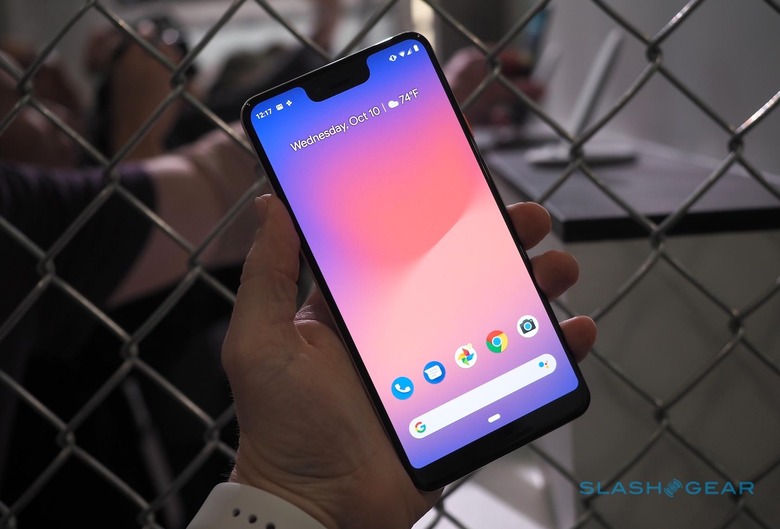
On the one hand, you get the new improvements to the camera. A single 12.2-megapixel sensor on the rear, with f/1.8 aperture and optical image stabilization, but combined with Google's Pixel Visual Core chip for new photo talents. That includes HDR+ and Top Shot, which grabs a sequence of frames and allows you to choose between them for the perfectly-posed image.
Super Res Zoom, meanwhile, combines multiple images to make a better-quality zoomed picture, despite the absence of an optical zoom lens. Night Sight, meanwhile, promises hugely more usable low-light shots, without having to resort to an LED flash. We'll have to wait until we have a Pixel 3 and Pixel 3 XL in hand to actually test these new features out in the wild, but if they work as Google promises then rival phone-makers should be concerned. The Pixel 2 was still, many argued, the best phone camera around, despite being a year old, and the Pixel 3 only improves on it.
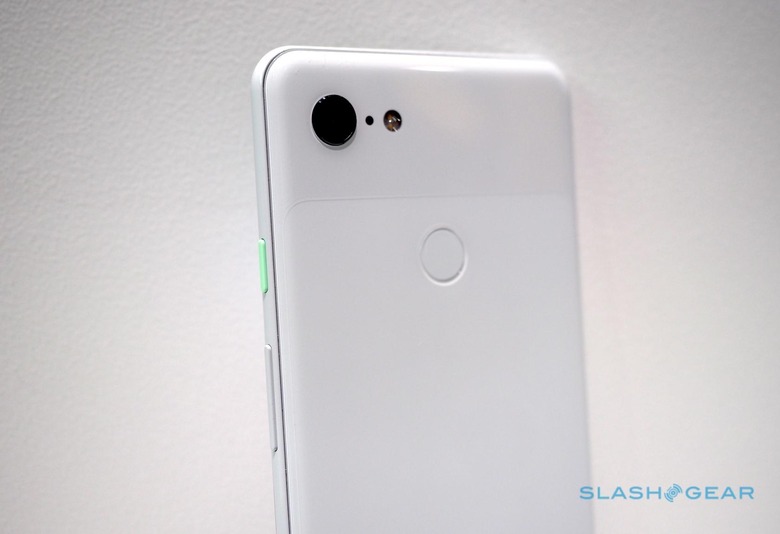
The other software improvements focus more on day to day use. There's Android 9 Pie, of course, but the Pixel 3 debuts features like automatically transcribing spam calls without you having to listen in. It uses Google's Duplex AI system, and you can guide the conversation with auto-suggestions.
We're a long way from the days when Google's smartphones were the budget option. With starting prices of $799 for the Pixel 3, and $899 for the Pixel 3 XL, these are going toe-to-toe with flagships from Apple, Samsung, and others. What may give Google the edge is just how capably it wields its machine learning and AI technologies.
